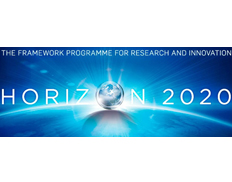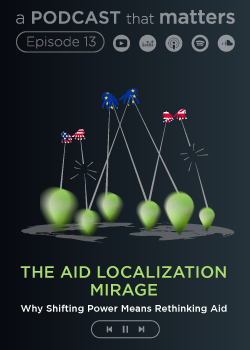Print

Bio-inspired helicoidal multilayers for photonic innovation: HELICOID
Details
Locations:Switzerland
Start Date:Nov 15, 2017
End Date:Nov 14, 2019
Contract value: EUR 187,419
Sectors: Industry, Commerce & Services, Science & Innovation
Description
Programme(s): H2020-EU.1.3.2. - Nurturing excellence by means of cross-border and cross-sector mobility
Topic(s): MSCA-IF-2016 - Individual Fellowships
Call for proposal: H2020-MSCA-IF-2016
Funding Scheme: MSCA-IF-EF-ST - Standard EF
Grant agreement ID: 741855
Objective
Natural photonic structures are present in a wide variety of flora and fauna, and are useful for camouflage mechanisms, mating and pollination signalling among other biological purposes. These natural photonic architectures constitute an invaluable source of blueprints for scientists to innovate in bio-inspired technological devices that can make a real impact in the technology based economy, for example in sensors, solar cells and lighting applications. Among the natural structures that have an artificial counterpart with huge impact in the economy are optical thin films, where for example single layers are used for anti-reflection coatings and multilayers for high quality mirrors and filters. Interestingly, some animals, such as the scarab beetles, exhibit unique circular polarization dependent reflection properties due to an inner helicoidal structure embedded within the multilayers of its cuticle. Fabricating such multilayers with added optical functionalities can find applications for example in anti-counterfeiting elements or in optical applications as chirality dependent micro-mirrors. During this MSCA he aims to gain the necessary training and knowledge to become an independent researcher in the fields of structural colour in nature and bio-inspired photonic devices. To achieve this goal, the fellow will build up from the expertise of the host supervisor (Prof. Ullrich Steiner) and his group at the Adolphe Merkle Institute in Fribourg, Switzerland on the field of structural colour in nature, and specifically, on their experience with the chiral structures of such beetles. He will investigate novel multilayered devices exhibiting unique optical properties by performing optical simulations and combining state-of-the-art nano-patterning techniques together with a self-assembly method for multilayer fabrication that will yield unprecedented optical responses leading to innovative photonic devices.

